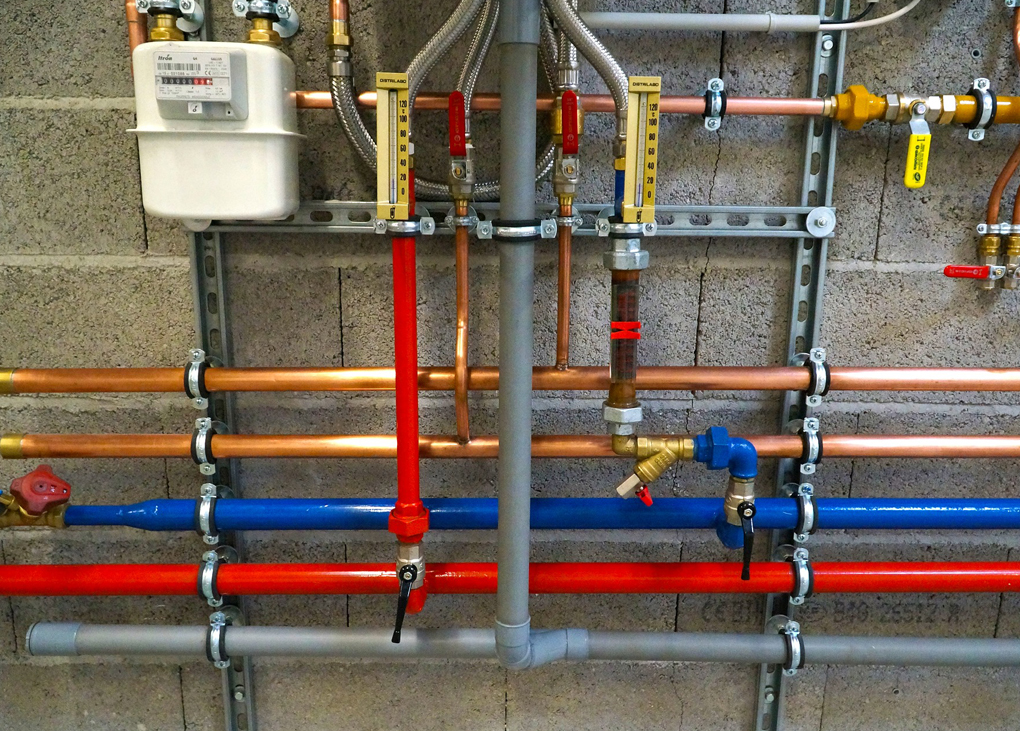The Australian Building Codes Board (ABCB) has raised concerns about refrigeration contractors not complying with piping changes in NCC 2019.
In NCC 2016, the code required (from Spec J5.2c, 2.(a)):
(ii) For heated or chilled water piping, having a material R-Value not less than that specified in Table 2a; and
(iii) For refrigerant, steam or condensate piping, having a material R-Value not less than that specified in Table 2b.
According to this requirement, refrigerant piping was considered – by the industry at least – to not count under (ii) and only needed to meet the (iii) chilled insulation requirements. This was, for the kind of small piping typically used, an R1.0 level.
In NCC 2019, this was consolidated into (from J5.8(a)):
(ii) For piping of heating and cooling fluids, having an insulation R-Value in accordance with Table J5.8a.
This requires, for a reverse-cycle system that does both heating and cooling, an R1.7 level of insulation with the typical small diameters.
The change brought refrigeration pipework and chilled water/heating hot water pipework into alignment. Anecdotes from practitioners, however, indicate that some suppliers have not adjusted to the new rule. Some have not been stocking material such as flexible insulation and paircoil that could meet the R1.7 level. Certainly for paircoil, a web search suggests this is true – it is only being offered suitable for R1.0.
Another practitioner noted that the NCC 2019 rule necessitates a change from pre-insulated pipe to installing pipe and separately insulating. This may not be a technical problem, but an issue of suppliers only supplying pre-insulated pipe to suit the NCC 2016 R value.
On top of this, reports suggest that not only are consultants are not aware of the change, architects are also not aware, and are leaving insufficient space in apartment wall cavities for the thicker insulation.
As a result, widespread non-compliance has been reported throughout Melbourne’s apartment building industry, where the NCC 2016 thicknesses are being designed to and used for NCC 2019 projects. It is believed that the same problem is occurring in other states and territories too.
 Mark Vender
Mark Vender


Leave a Reply to shayne Cancel reply